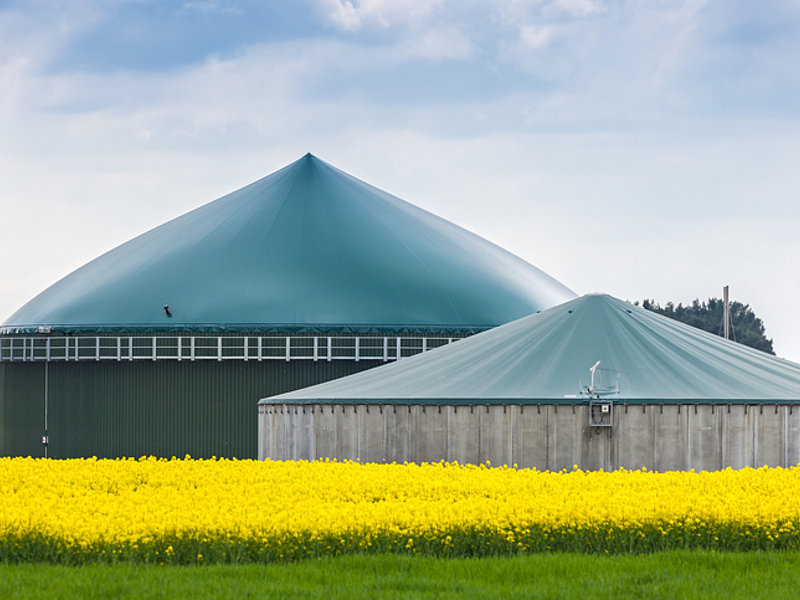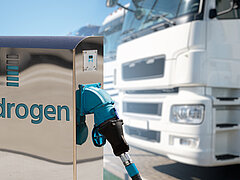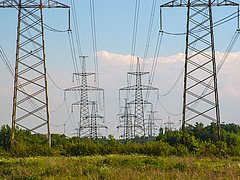Flexible KNF diaphragm pumps for scalable fuel cell systems
Diaphragm Pumps for the Hydrogen Carrier Methanol
Transfer and dosing of methanol in high-temperature PEM fuel cells and recirculation of the hydrogen steam at the anode with KNF liquid and gas pumps

SIQENS, a company based in Munich, Germany, focuses solutions for last-mile hydrogen infrastructure and on fuel cells for power generation using green hydrogen. One of the energy sources for on-site hydrogen production is methanol. When it comes to supplying fuel cells with methanol and circulating the resulting hydrogen steam, SIQENS relies on KNF pumps.
Methanol fuel cells for power generation
Decision makers wanting to decarbonize their continuous electricity supply are increasingly looking for alternatives to diesel-powered systems. However, renewable primary energies like wind and solar energy are not constantly available, and the storage capacity of battery systems is limited. When critical infrastructure, such as directional radio or telecommunications systems, is too remote, the requirements for maintaining operational readiness become even more demanding.
SIQENS considers its patented fuel cell technology – with methanol as an energy source – as an advantageous and particularly clean solution. SIQENS Ecoport 800 and 1500 fuel cells provide a charging capacity of up to 36 kWh per day. To enable continuous charging within an energy system, the fuel cells are permanently connected to the battery which directly powers the connected devices.

Steam reforming uses the benefits of methanol as a hydrogen carrier
Methanol can be used either directly or indirectly. SIQENS makes use of the indirect method, in which methanol serves as a liquid hydrogen carrier. The hydrogen is obtained in a highly efficient process by steam reforming a methanol and water steam mixture in the stack, using its waste heat in an external reformer at a temperature of about 220 °C. The method uses low-cost, standard industrial methanol. The high-temperature proton exchange membrane (HT-PEM) fuel cell comes with certain advantages, such as a lower sensitivity to any contamination of the hydrogen, which means it can run on green methanol from biogas plants. What’s more, the fuel cells work smoothly at an ambient air temperature between –20 and 50 °C.
Methanol is easy to transport and to store. Two 60-liter canisters of methanol weigh about 95 kg and provide 200 kWh of electrical energy. By way of comparison, the hydrogen needed for the same amount of energy would come in twelve pressurized gas cylinders with a total weight of 1,460 kg.
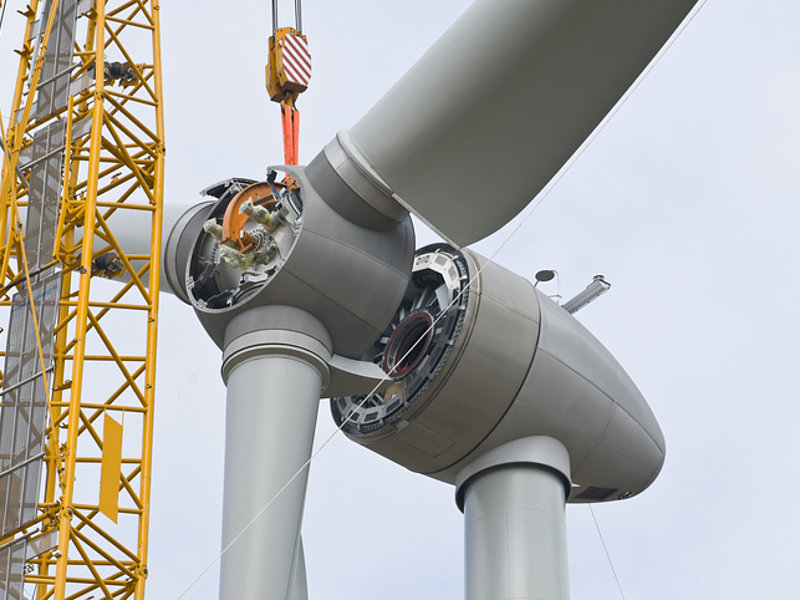
Maintenance-free diaphragm pumps for HT-PEM fuel cells
Steam reforming requires the fluid methanol to be transferred and dosed with precision. The hot, excess water steam and the collected condensate need to be fed back into the process. The unique recirculation of media and heat flows has been patented by the clean tech company from Munich.
For this part of the process, SIQENS completely relies on pumps by KNF: the FL 10 series diaphragm liquid pump and the NMP 850.1.2 HP diaphragm gas pump.


Dry-running liquid pumps for volatile methanol
A total number of four FL 10 diaphragm liquid pumps have been integrated to transfer methanol and condensate.
The dry-running ability of KNF liquid pumps is crucial when working with methanol and for the fuel cell to work reliably. The volatile methanol evaporates very quickly. Even after week-long downtimes, the KNF liquid pumps reliably draw in the methanol and transfer the fuel safely into the system. Downtimes are the normal operational state when SIQENS fuel cells are used as emergency power supply. For this reason, SIQENS has tested the dry-running liquid pumps extensively – and they passed with flying colors.
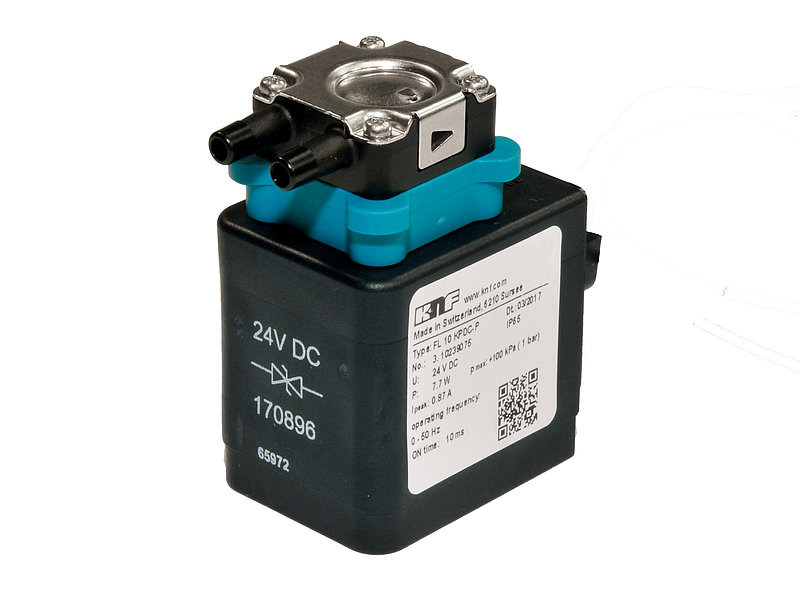
Controllable gas pump for the circulation of the hydrogen steam
The exhaust gas containing hydrogen coming from the anode outlet of the stack is transferred for subsequent treatment by the KNF NMP 850.1.2 HP diaphragm gas pump. Depending on the operating mode, the flow rate can be between 500 ml/min and 3 l/min. At a pressure of 0.1–0.5 bar g, the exhaust gas temperature is 40–80 °C. Even under these conditions, the pump is temperature-resistant and works with precision.
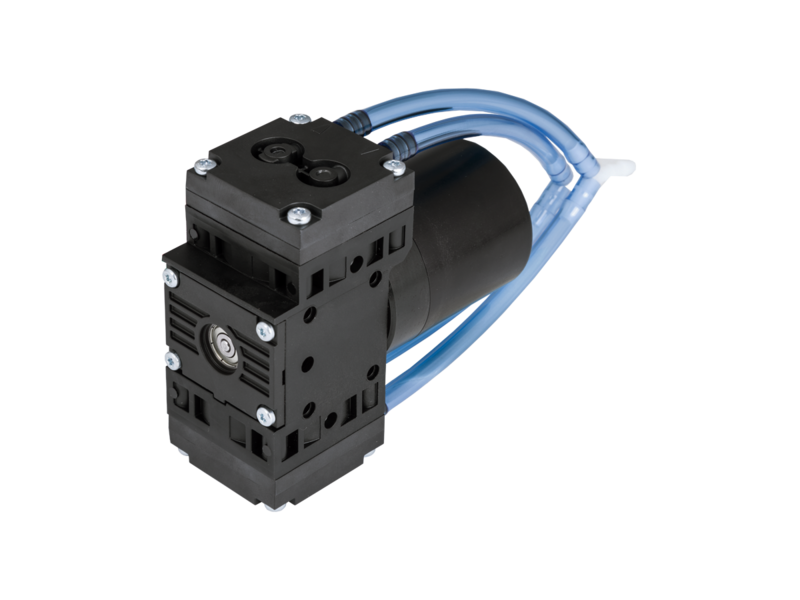
Durable liquid and gas pumps from one source
The pumps must run flawlessly and attuned to one another for the fuel cell’s entire operating time, which SIQENS has defined to be 5,000 hours. All liquid and gas pumps relevant in media flows and circuits are provided by KNF and are therefore one source only. This made it possible to develop pump solutions that optimally meet the SIQENS requirements regarding system efficiency and service life.
